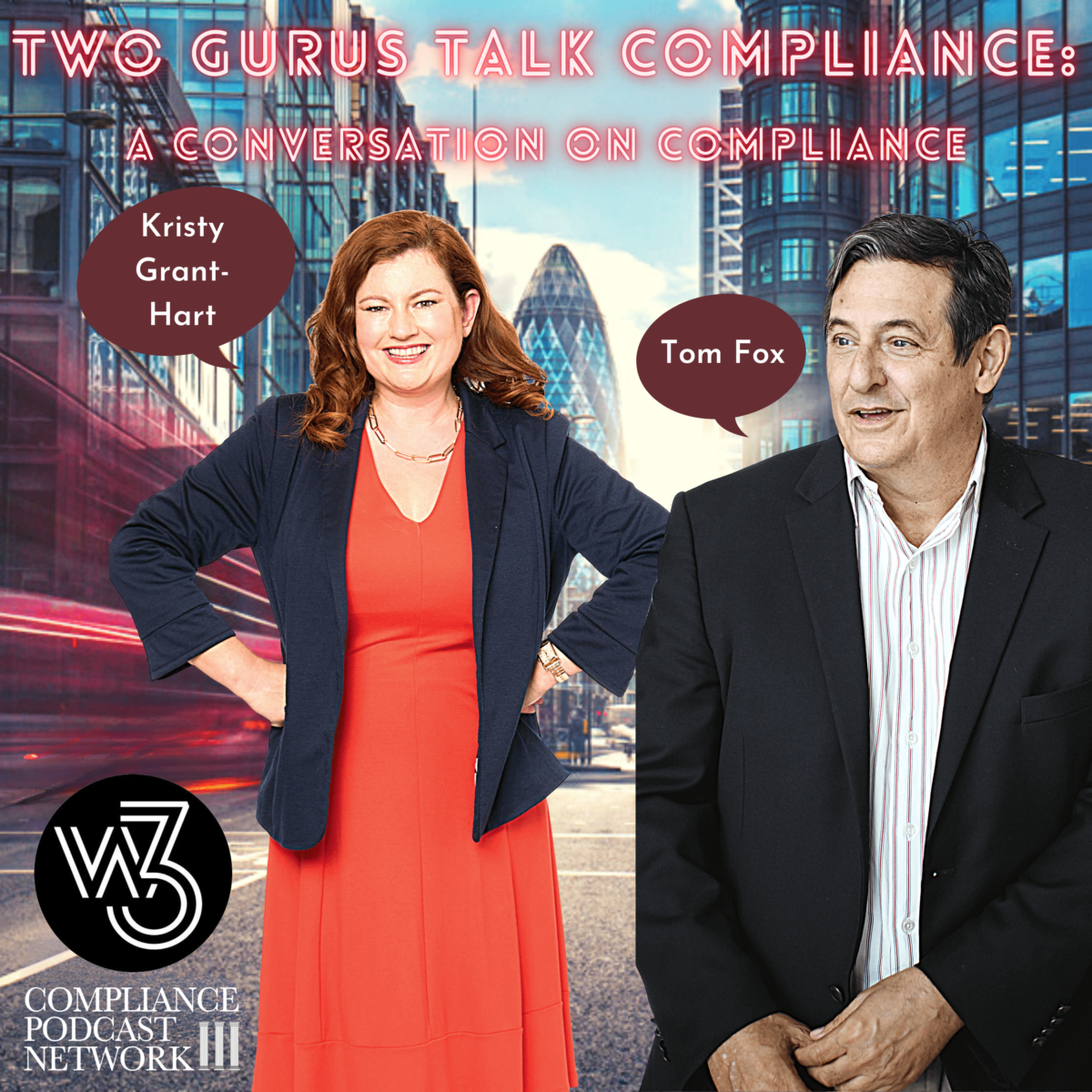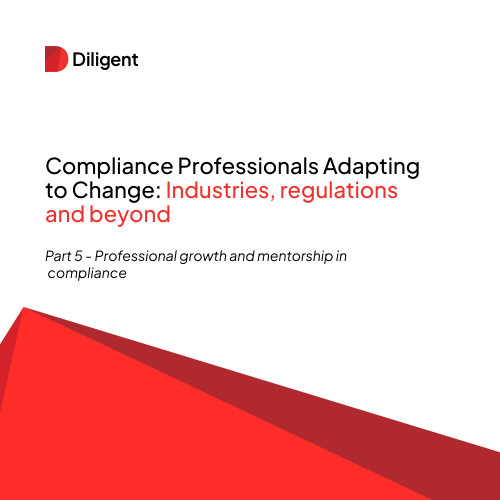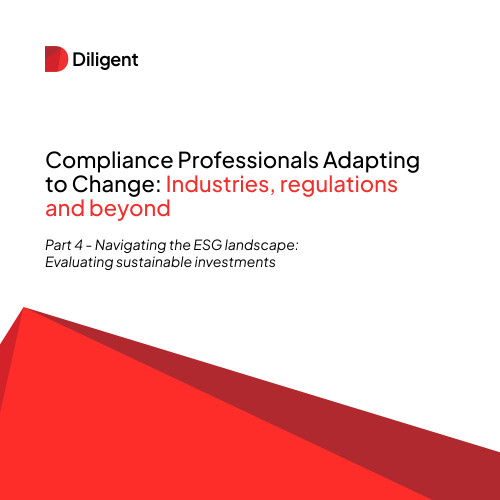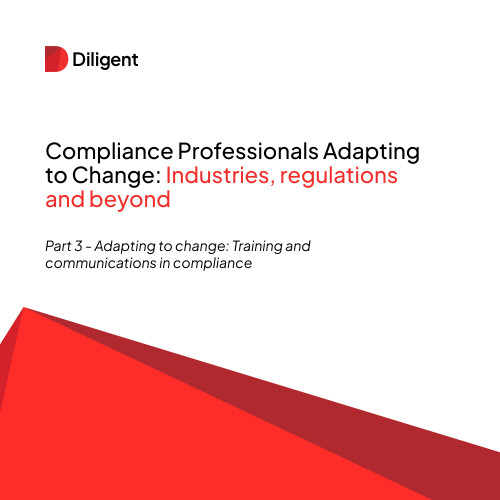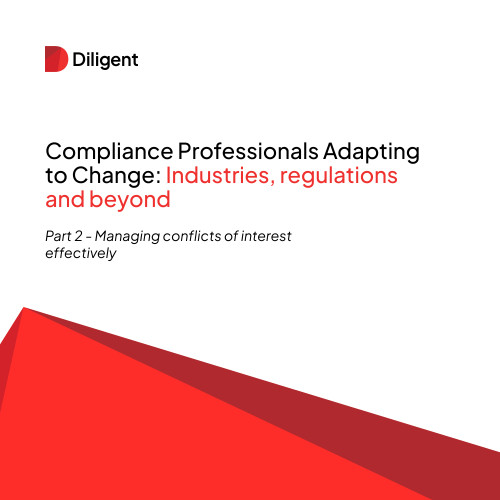In this Great Women in Compliance episode, GWIC co-host Hemma Lomax sits down with compliance expert Kristy Grant-Hart, author of How to Be a Wildly Effective Compliance Officer. Kristy discusses Diligent’s recent acquisition of her consulting group, Spark Compliance, and shares her unique origin story, which led her from a background in film and television to becoming a leading figure in the compliance world.
Tune in to learn about the four human motivators and the role of fear alongside ethical culture in compliance, the future skillsets required for compliance officers, and the integral role of community and networking in building a successful compliance career. Kristy also offers insights for Chief Compliance Officers seeking their next career steps and highlights compliance professionals’ broader impact on changing the business world.
Highlights include:
- The recent acquisition of Spark Compliance Consulting by Diligent
- Kristy’s journey from the film and entertainment industry to law and compliance
- The skills and attitudes that will future-proof your compliance career
- The key motivators to consider when influencing human behavior and culture
- The role of community, collaboration, and following your passion.
Biography:
Kristy Grant-Hart is the Vice President and head of Advisory Services at Spark Compliance, a Diligent Brand. She’s a renowned expert at transforming compliance departments into in-demand business assets. She is the author of several highly acclaimed books, including the best-selling How to Be a Wildly Effective Compliance Officer. She has advised Fortune 100 companies on international compliance and created, implemented, and revamped compliance programs for major companies in Europe and the United States. Kristy was honored as a Trust Across America 2019 Top Thought Leader in Trust.
A powerful and inspirational public speaker, Kristy provides global keynote presentations to organizations and conferences. Kristy has written for and been featured in publications including the Wall Street Journal, Financial Times, Corporate Financier Magazine, Risk Universe Magazine, and on the cover of Compliance and Ethics Professional Magazine. She is a former adjunct professor at Delaware Law School, Widener University, teaching Global Compliance and Ethics.
Kristy was shortlisted for the Chief Compliance Officer of the Year award at the Women in Compliance Awards and was shortlisted again for the Compliance Innovator of the Year. Before launching Spark Compliance, a Diligent Brand, Kristy was the Chief Compliance Officer at United International Pictures, the joint distribution company for Paramount Pictures and Universal Pictures in 65+ countries.
Kristy began her legal career at the international law firm of Gibson, Dunn & Crutcher, where she worked in the firm’s Los Angeles and London offices. While at Gibson Dunn, her team was nominated for Best Regulatory Law Firm of the Year at Thomson Reuters’s Compliance Awards.
Kristy graduated Summa Cumlaude from Loyola Law School in California. She holds certification as a Corporate Compliance and Ethics Professional—International (CCEP-I) and is a member of the California Bar.



